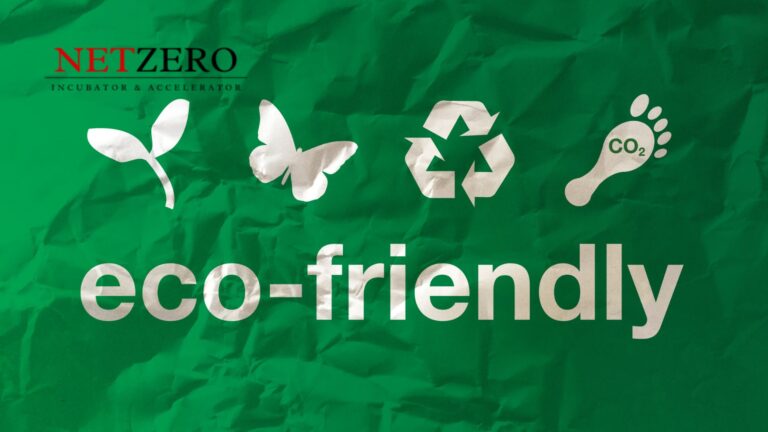Introduction
The global business landscape is undergoing a profound transformation catalyzed by the urgency of addressing environmental challenges and the realization of the economic opportunities that sustainability presents. As corporations strive to balance economic performance with environmental responsibility, eco-friendly business practices emerge as a blueprint for success. This comprehensive guide delves into the intricate process of integrating eco-friendly practices into your corporate modus operandi.
Understanding Eco-Friendly Business Practices
Primarily, it is essential to understand what constitutes eco-friendly business practices and their significance. These practices encompass strategies, operations, and innovations aimed at minimizing a business’s negative environmental impact. They go beyond merely adhering to environmental regulations and encompass proactive initiatives that contribute to environmental sustainability.
The Benefits of Going Green
Adopting eco-friendly practices offers myriad benefits, including cost savings, enhanced brand reputation, increased customer loyalty, and improved regulatory compliance. Besides these tangible benefits, it also fosters a culture of innovation and sustainability within the organization, facilitating long-term success.
Evaluating Your Current Practices
The first step towards integrating eco-friendly practices is evaluating your current operations. This involves conducting an environmental audit to identify areas where your business might be causing unnecessary harm to the environment. This could include excessive energy consumption, waste generation, or the use of non-recyclable materials.
Identifying Eco-Friendly Opportunities
Once you’ve identified the areas of concern, the next step is to pinpoint opportunities for implementing eco-friendly practices. These could range from energy conservation and waste reduction to the incorporation of renewable energy and the adoption of green procurement policies.
Creating an Eco-Friendly Business Plan
The next step is to create a comprehensive eco-friendly business plan. This plan should outline your business’s environmental goals, the eco-friendly practices you intend to implement, the resources required, and the timeline for achieving these goals. The plan should also include strategies for engaging employees and stakeholders in your sustainability efforts.
Implementing Your Eco-Friendly Business Plan
With a well-crafted eco-friendly business plan at hand, the focus then shifts to implementation. This involves putting the planned eco-friendly practices into action, tracking progress, and making necessary adjustments along the way. Remember that implementing eco-friendly practices is a continuous process that requires constant monitoring and adaptation.
Monitoring Progress and Reporting
Lastly, it’s vital to monitor progress and report on your eco-friendly practices. This involves measuring the effectiveness of the implemented practices, assessing their impact on your business’s environmental footprint, and communicating these results to stakeholders. Transparency in reporting is key to maintaining stakeholder trust and demonstrating your business’s commitment to environmental sustainability.
Conclusion
In conclusion, adopting eco-friendly business practices is an imperative for modern businesses aiming for long-term success. By understanding the concept, evaluating current practices, identifying eco-friendly opportunities, creating and implementing an eco-friendly business plan, and monitoring and reporting progress, your business can significantly reduce its environmental footprint and enjoy a host of business benefits. The journey towards environmental sustainability is a continuous one, and every step taken counts. The time to act is now.

